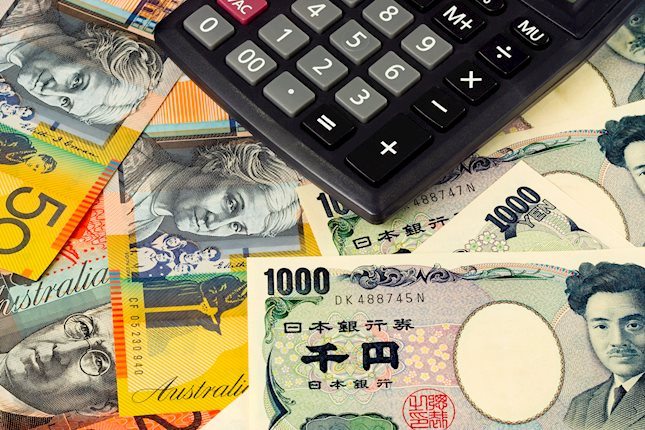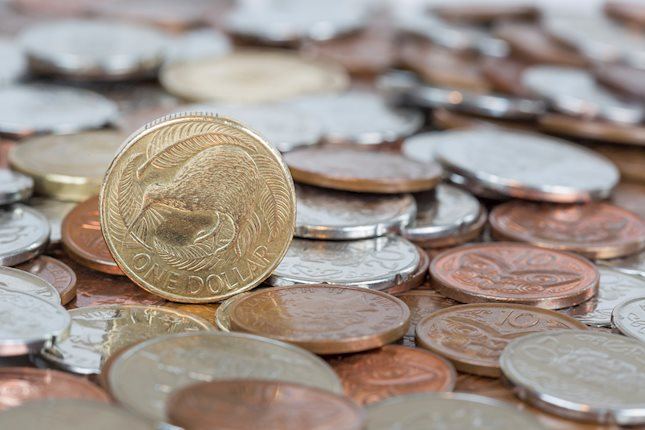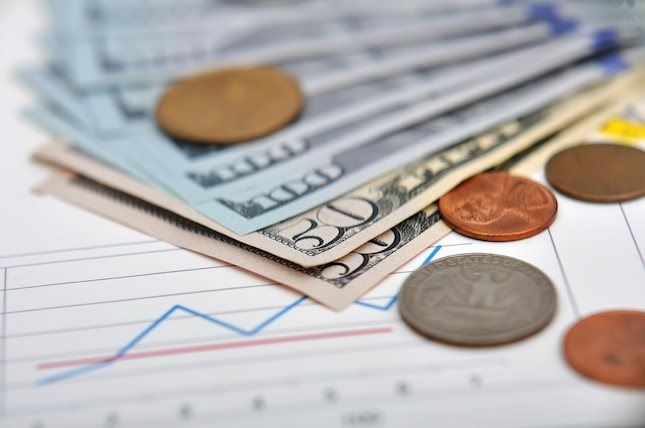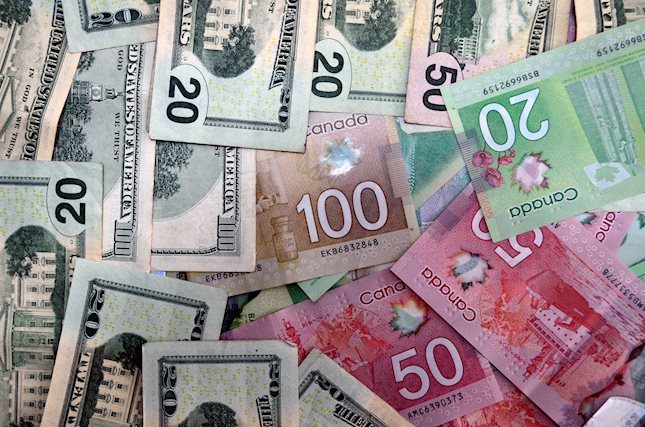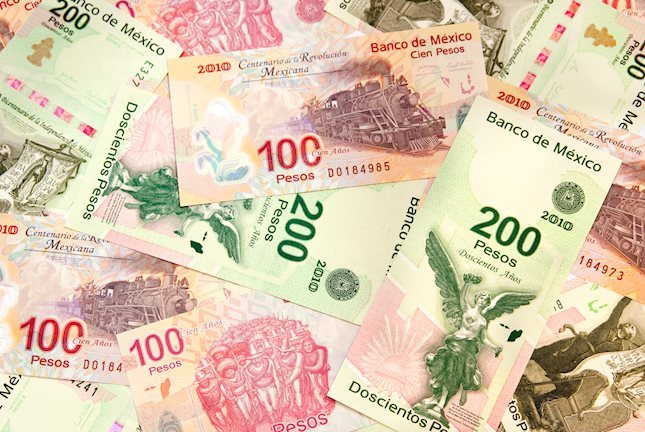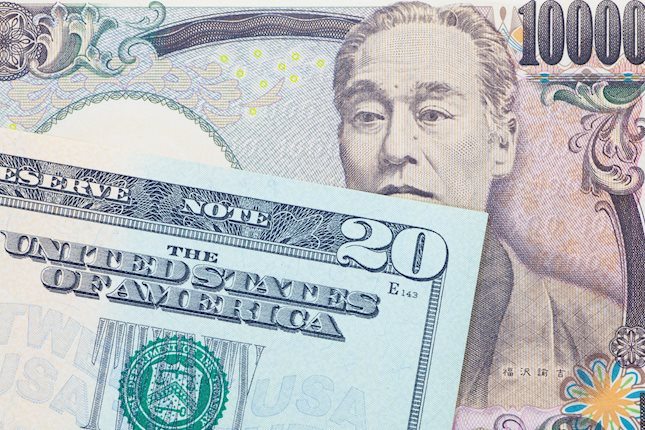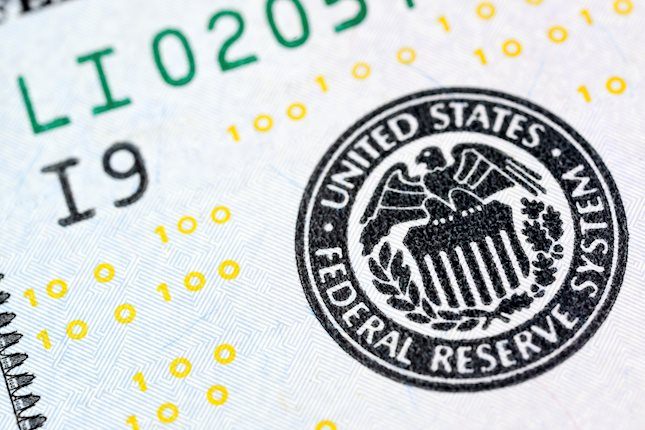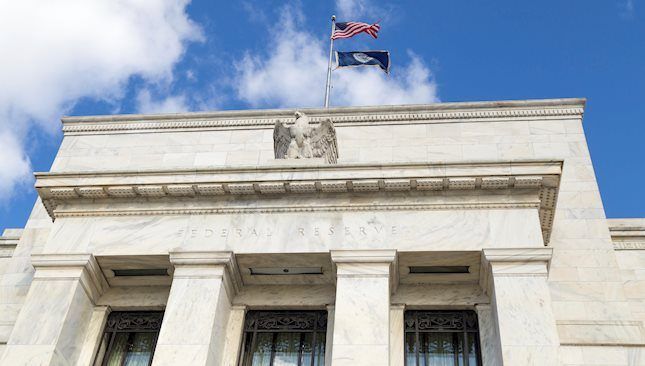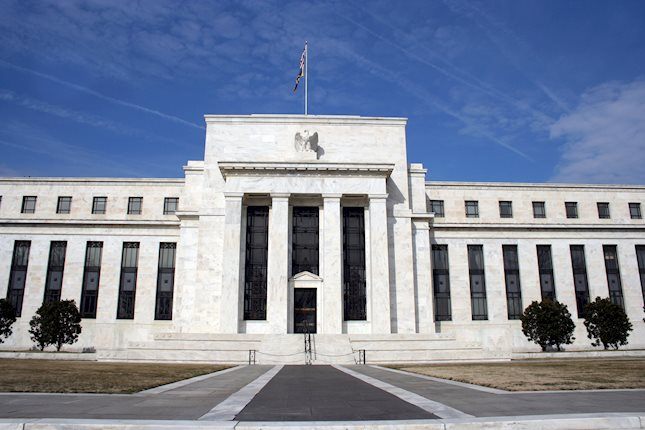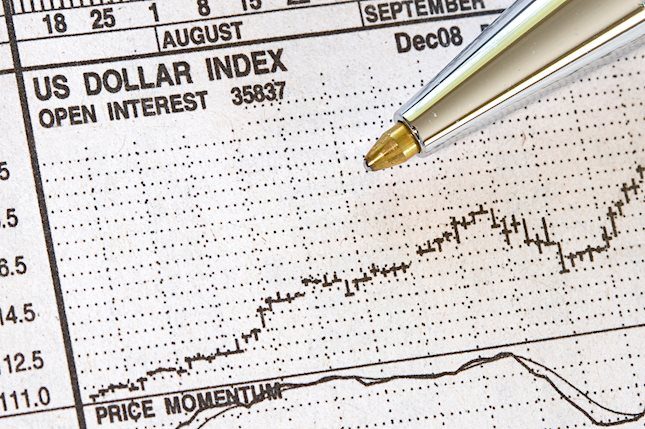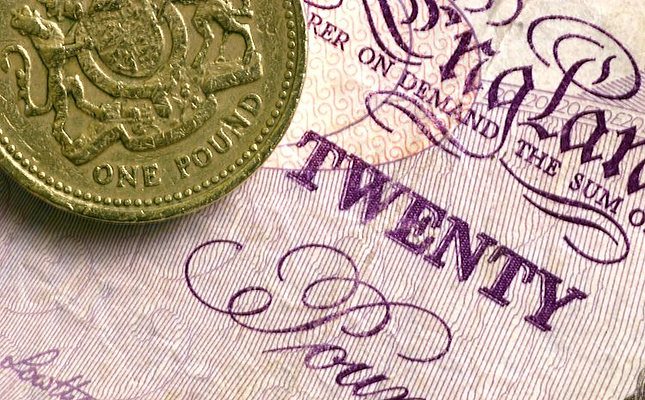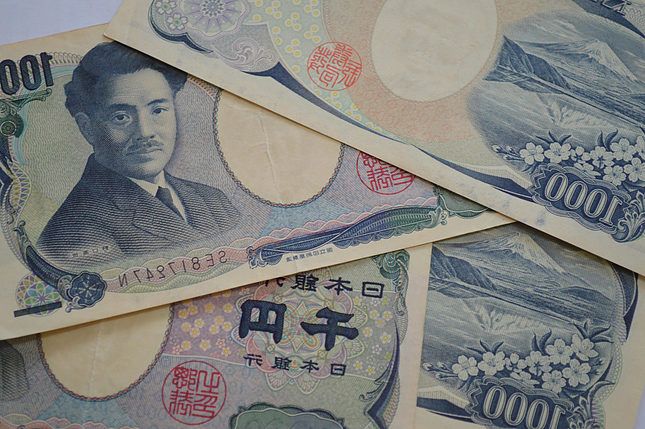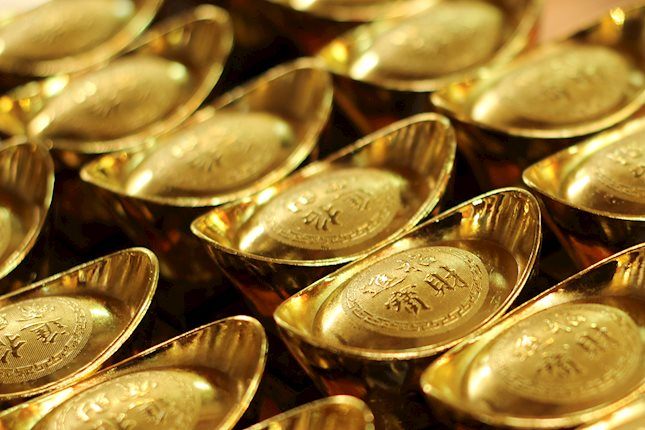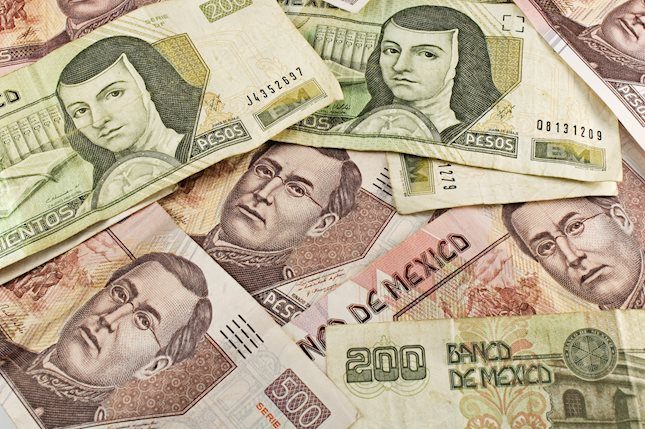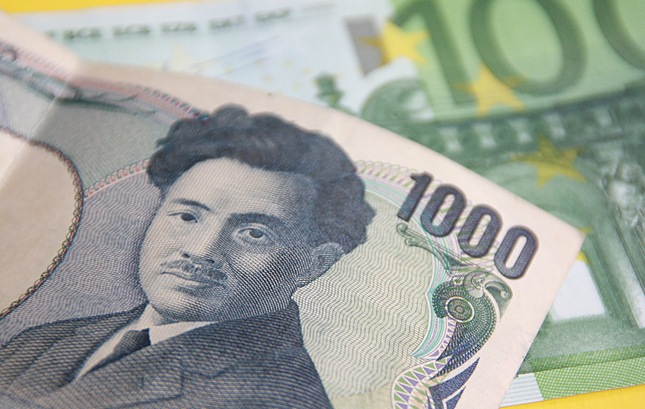-
Opps!
This language contents are not available!

India Gold price Friday: Gold gains, according to MCX data
Most recent article: India Gold price today: Gold falls, according to MCX data
Gold prices rose in India on Friday, according to data from India's Multi Commodity Exchange (MCX).
Gold price stood at 72,116 Indian Rupees (INR) per 10 grams, up INR 205 compared with the INR 71,911 it cost on Thursday.
As for futures contracts, Gold prices increased to INR 71,620 per 10 gms from INR 71,214 per 10 gms.
Prices for Silver futures contracts increased to INR 82,924 per kg from INR 82,417 per kg.
| Major Indian city | Gold Price |
|---|---|
| Ahmedabad | 74,615 |
| Mumbai | 74,465 |
| New Delhi | 74,450 |
| Chennai | 74,660 |
| Kolkata | 74,665 |
Global Market Movers: Comex Gold price holds gains ahead of key US inflation data
- The US GDP report released on Thursday showed a sharp deceleration in economic growth and stubborn inflation, which, in turn, is seen as a key factor lending support to the Comex Gold price.
- According to the data published by the US Commerce Department, the world’s largest economy grew by 1.6% at an annualized rate in the first quarter, marking the weakest reading since mid-2022.
- Additional details of the report revealed that underlying inflation rose more than expected, by 3.7%, in the first quarter, reaffirming bets that the Federal Reserve will keep rates higher for longer.
- The yield on the benchmark 10-year US government bond shot to the highest level in more than five months in reaction to the mixed data and acts as a headwind for the non-yielding yellow metal.
- This, along with easing fears about a further escalation of geopolitical tensions in the Middle East, undermines the safe-haven precious metal and should contribute to capping the upside.
- The US Dollar bulls, meanwhile, prefer to wait for more cues about the Fed’s rate cut path, putting the focus squarely on the release of the Personal Consumption Expenditures (PCE) Price Index.
- The crucial inflation data will play a key role in influencing the Fed’s future policy decisions and driving the USD demand, which should help in determining the near-term trajectory for the commodity.
(An automation tool was used in creating this post.)
Gold FAQs
Gold has played a key role in human’s history as it has been widely used as a store of value and medium of exchange. Currently, apart from its shine and usage for jewelry, the precious metal is widely seen as a safe-haven asset, meaning that it is considered a good investment during turbulent times. Gold is also widely seen as a hedge against inflation and against depreciating currencies as it doesn’t rely on any specific issuer or government.
Central banks are the biggest Gold holders. In their aim to support their currencies in turbulent times, central banks tend to diversify their reserves and buy Gold to improve the perceived strength of the economy and the currency. High Gold reserves can be a source of trust for a country’s solvency. Central banks added 1,136 tonnes of Gold worth around $70 billion to their reserves in 2022, according to data from the World Gold Council. This is the highest yearly purchase since records began. Central banks from emerging economies such as China, India and Turkey are quickly increasing their Gold reserves.
Gold has an inverse correlation with the US Dollar and US Treasuries, which are both major reserve and safe-haven assets. When the Dollar depreciates, Gold tends to rise, enabling investors and central banks to diversify their assets in turbulent times. Gold is also inversely correlated with risk assets. A rally in the stock market tends to weaken Gold price, while sell-offs in riskier markets tend to favor the precious metal.
The price can move due to a wide range of factors. Geopolitical instability or fears of a deep recession can quickly make Gold price escalate due to its safe-haven status. As a yield-less asset, Gold tends to rise with lower interest rates, while higher cost of money usually weighs down on the yellow metal. Still, most moves depend on how the US Dollar (USD) behaves as the asset is priced in dollars (XAU/USD). A strong Dollar tends to keep the price of Gold controlled, whereas a weaker Dollar is likely to push Gold prices up.
Forex News
Keep up with the financial markets, know what's happening and what is affecting the markets with our latest market updates. Analyze market movers, trends and build your trading strategies accordingly.


